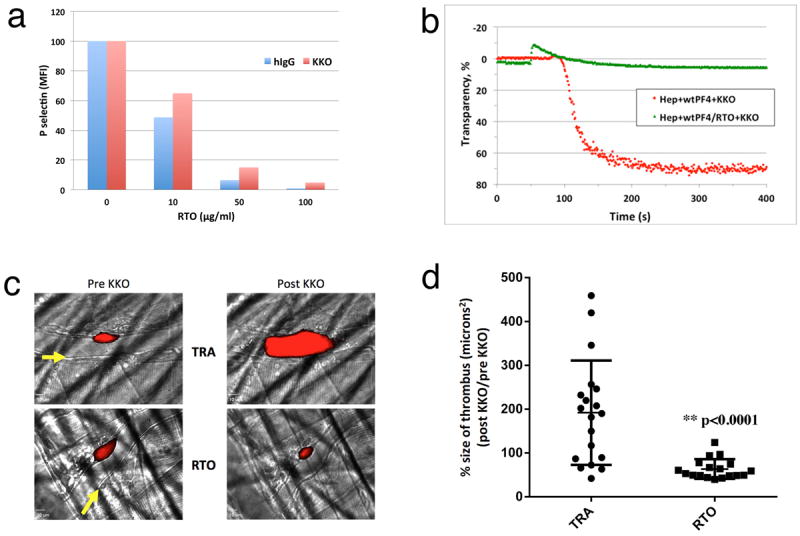Figure 4. RTO prevents KKO-induced platelet activation and thrombosis.

(a). Inhibition of KKO/PF4 mediated platelet activation by RTO. Samples of whole blood were incubated with the indicated concentrations of RTO in the presence of PF4 (10 μg/ml) for 15 min before adding the platelet-activating anti-PF4 antibody KKO or human IgG. Activation of platelets was followed by expression of P-selectin; the effect of RTO is expressed as % of geometric mean fluorescent intensity (MFI) of P-selectin expression on platelets relative to MFI in the absence of RTO. (b) In vitro platelet activation assay demonstrated that pre-incubation of PF4 with RTO prevented KKO-induced platelet aggregation. (c) Representative composite images of platelet fluorescence overlaid on brightfield snapshots of injuries in mice receiving either RTO or the IgGk2B isotype control TRA are shown. Pre KKO images show thrombi 15 minutes after initial injury and injection of RTO or TRA. Post KKO images represent the same thrombus 15 minutes after KKO had been injected intravenously. Arrows represent the direction of blood flow. (d) Each dot denotes the percent change in the size of a single injury based on binding of fluorescently labeled platelets in mice receiving either RTO or the IgGκ2B isotype control TRA followed by KKO. Error bars show the standard deviation. N = 18 injuries in 3 mice for RTO, N = 19 injuries in 3 mice for TRA. p < 0.0001
